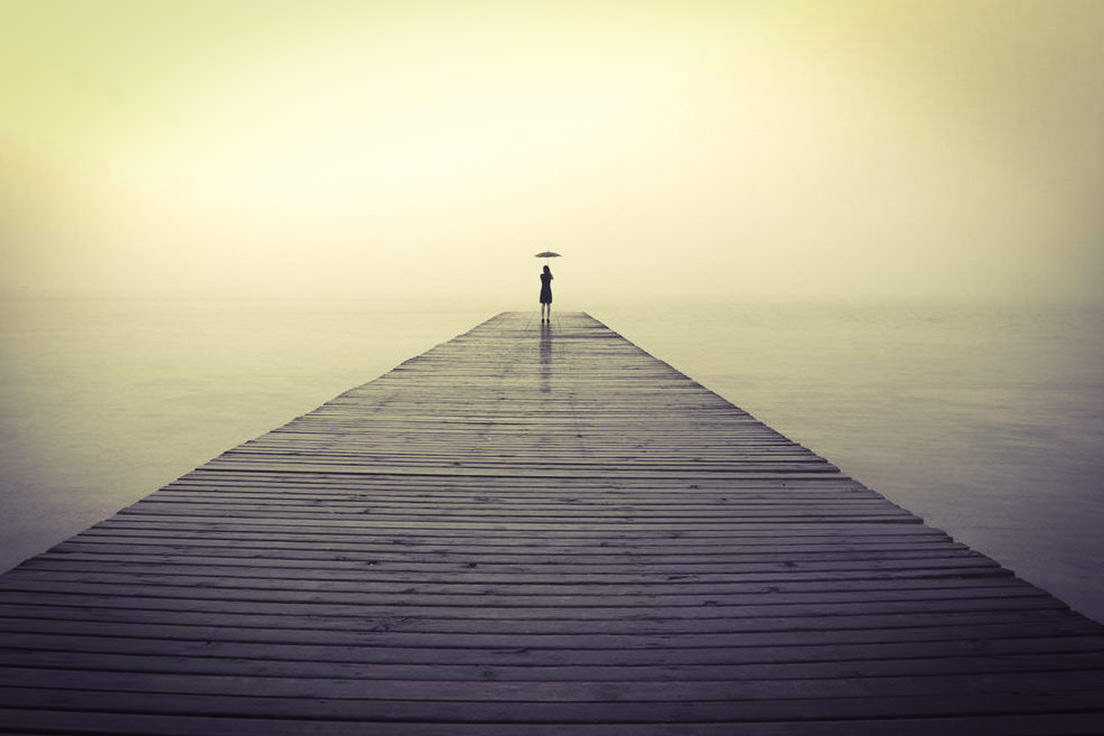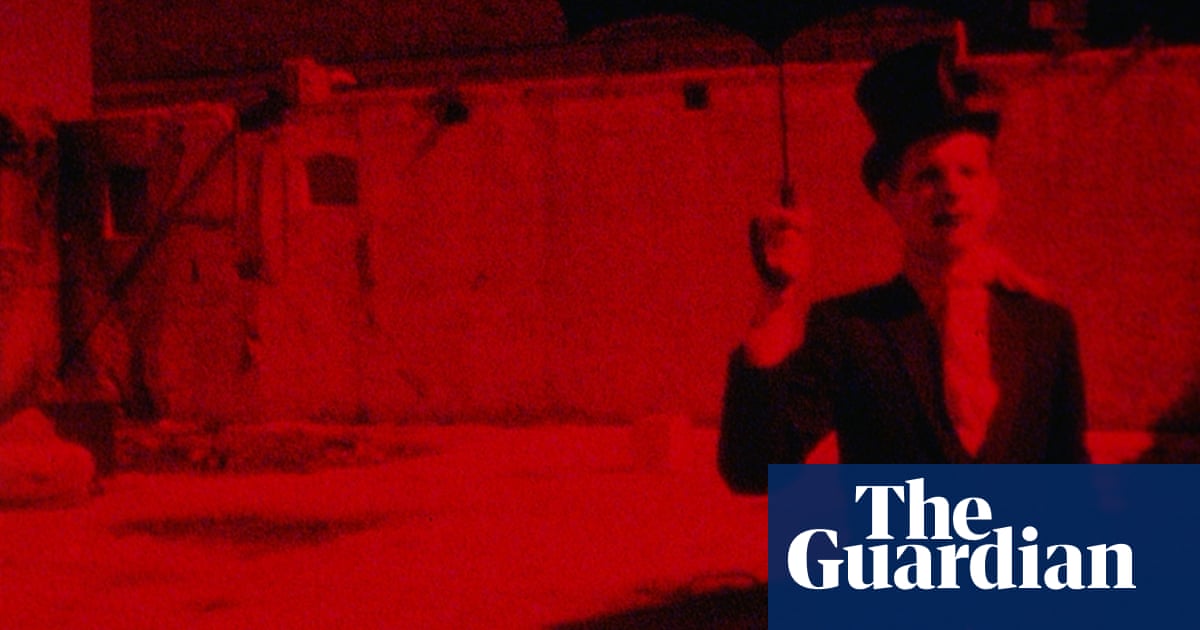The easy freedom of this medium allowed the artist to range over subjects as diverse as Tarot, male nudes at Fire Island and a friend’s flat – and offer clues to his more public feature films
Excerpt:
These shorts were all made in the early 1970s, between his first major break in the film industry designing Ken Russell’s 1971 historical fantasy The Devils and releasing his first feature film, the erotic fantasy Sebastiane in 1976. Jarman’s main source of income in this period, apparently, was via Russell; another job, on Savage Messiah, materialised; others, such as a film of Rabelais’ Gargantua and an opera of The Tempest, fell apart. Although Jarman found the uncertainty and committee nature of the commercial film industry dispiriting (so much so that he turned down Russell’s offer of designing Tommy), involvement in it triggered an interest in film-making that largely displaced painting, at least until the mid-80s.
The hermetic, personal nature of these short films can’t be disguised and is, of course, the point; Mackay says that Jarman saw his film-making “on two different levels”. The Super 8 films are, he says, like “private work that an artist makes [for] themselves and for their friends” and the features like a “public commission, in the same way you might make an artwork for some building, or a statue or something”.
“Derek,” he says, “picked up on Super 8 because it was so simple and all under control. He could carry a camera around and make films as he pleased.”



This is the best summary I could come up with:
The patch of beautifully arranged salt-resistant vegetation he built around a windswept clapboard cottage in Dungeness, in the shadow of the now non-functioning nuclear power station, is the subject of books, exhibitions, and many a magazine picture spread.
Mackay says their first attempt to preserve them involved converting them to 16mm blowups in the 1980s, but the process was expensive, so they turned to conversion to video, which also proved problematic; it wasn’t until the advent of digital scanning in the 00s that a more workable solution was found.
Some, like Studio Bankside and Sloane Square, operate as psychic records of Jarman’s creative life, studio-bound diaries that enact private rituals around the artistic process and the objects that inspire it.
Tarot is the most Anger-esque with its accretion of arcane occult imagery, while Sulphur is a creepy evocation of an urban hellscape, with clear similarities to The Last of England and very disorientating superimposition technique in which a performer shines a light directly into the camera lens.
Music had a significant role, says Mackay; turning up with his bag of film reels, Jarman used to play records as soundtrack at his underground shows, but attempting to clear rights for more legitimate releases was, again, financially impossible.
Although Jarman found the uncertainty and committee nature of the commercial film industry dispiriting (so much so that he turned down Russell’s offer of designing Tommy), involvement in it triggered an interest in film-making that largely displaced painting, at least until the mid-80s.
The original article contains 1,080 words, the summary contains 249 words. Saved 77%. I’m a bot and I’m open source!